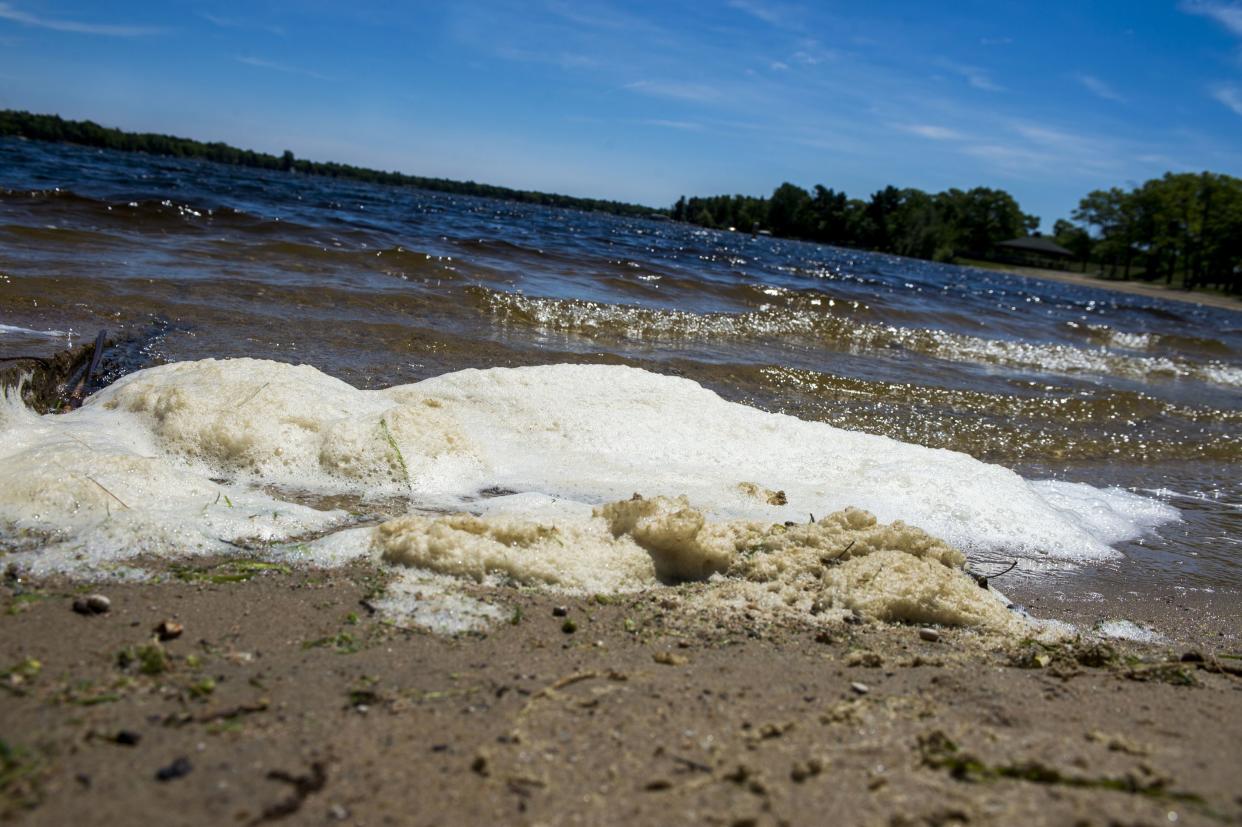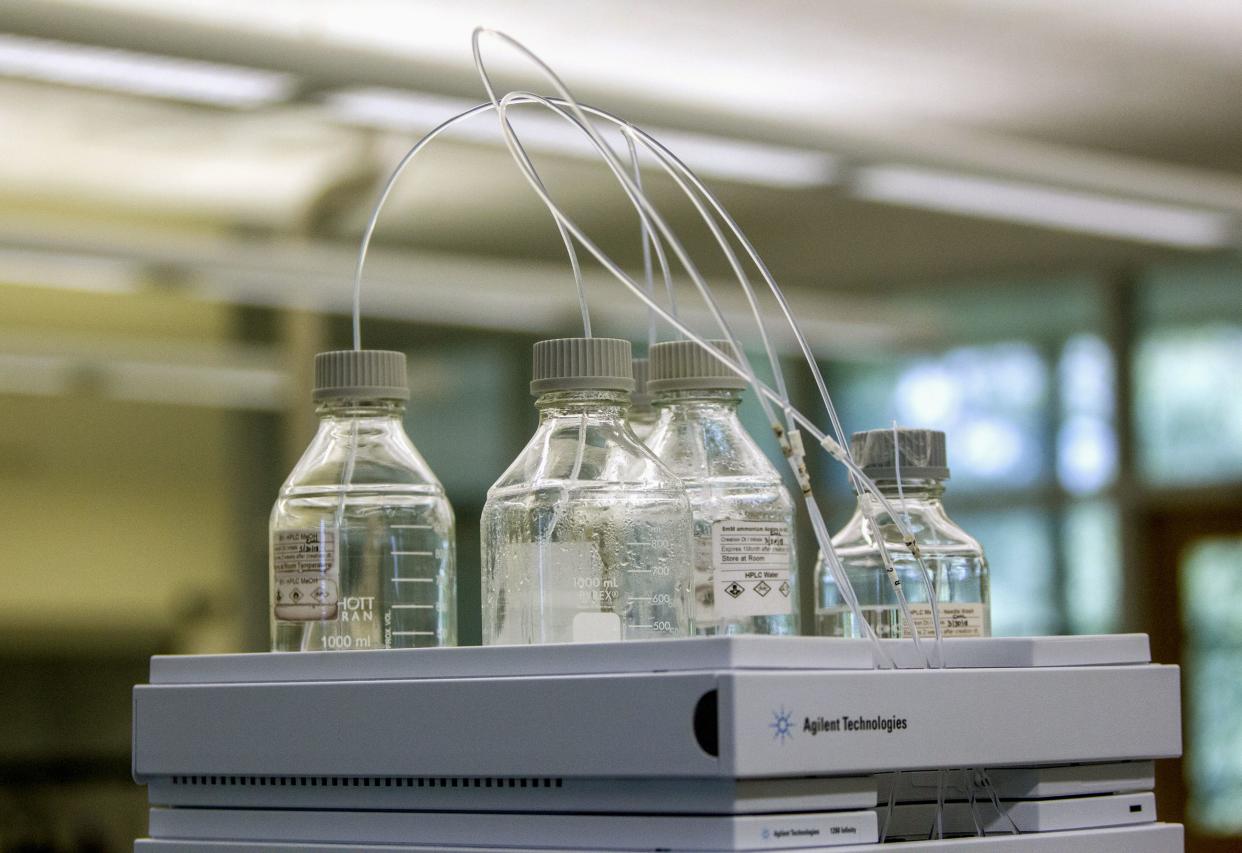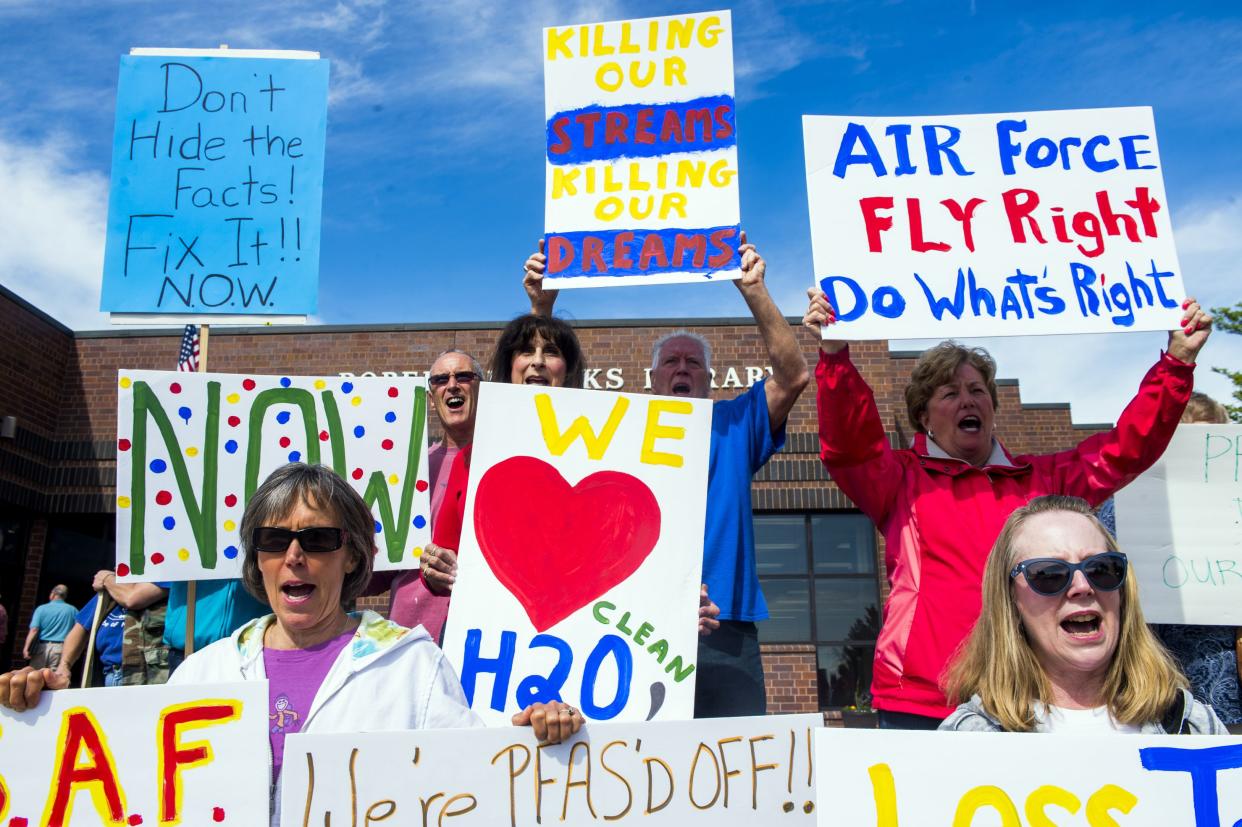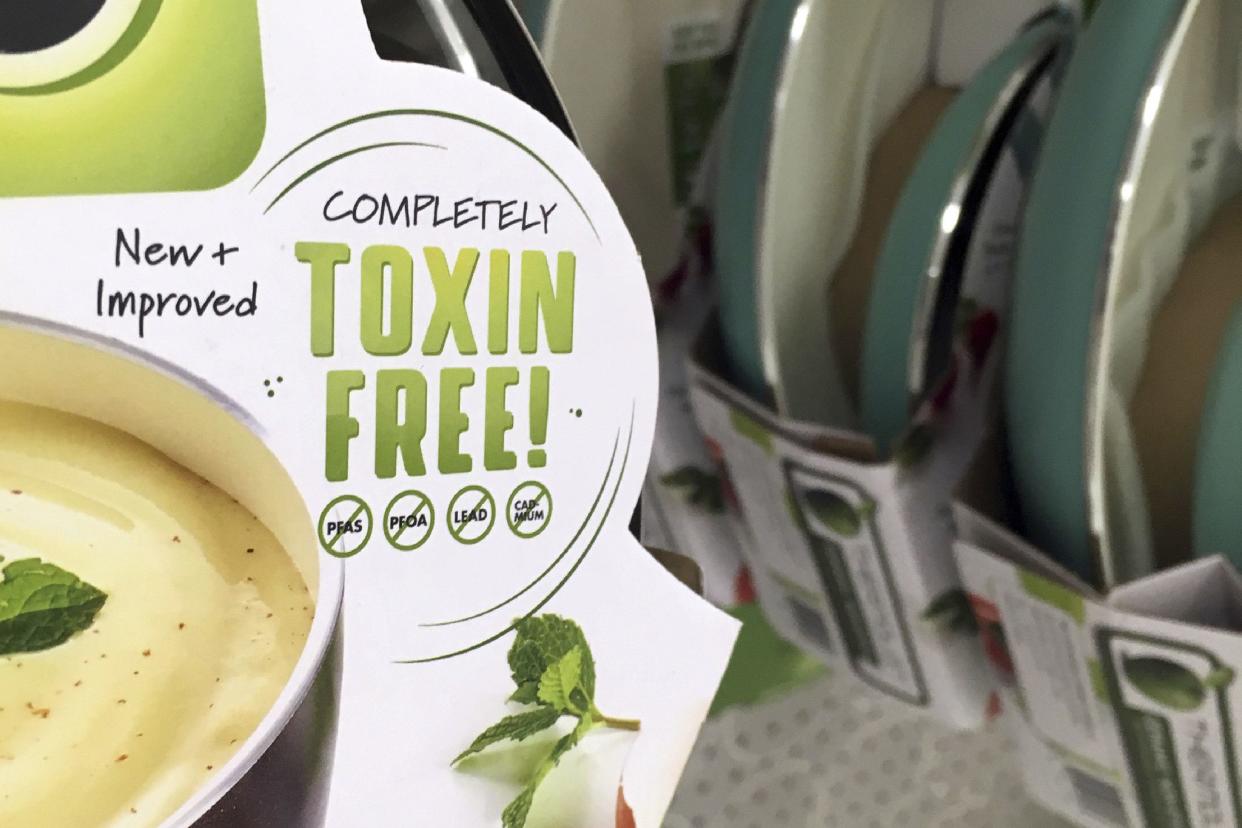EPA unveils strategy to regulate toxic ‘forever chemicals’
WASHINGTON (AP) — The Biden administration is launching a broad strategy to regulate toxic industrial compounds that are used in products ranging from cookware to carpets and firefighting foams.
Michael Regan, the head of the Environmental Protection Agency, said it is taking a series of actions to limit pollution from a cluster of long-lasting chemicals known as PFAS that are increasingly turning up in public drinking water systems, private wells and even food.

The plan is intended to restrict PFAS from being released into the environment, accelerate cleanup of PFAS-contaminated sites such as military bases and increase investments in research to learn more about where PFAS are found and how their spread can be prevented.
“This is a bold strategy that starts with immediate action” and includes additional steps “that will carry through this first term” of President Joe Biden, Regan said in an interview with The Associated Press. “We’re going to use every tool in our toolbox to restrict human exposure to these toxic chemicals.’’

PFAS, called “forever chemicals” because they last so long in the environment, have been associated with serious health conditions, including cancer and reduced birth weight.
PFAS is short for per- and polyfluoroalkyl substances that are used in nonstick frying pans, water-repellent sports gear, stain-resistant rugs and countless other consumer products. The chemical bonds are so strong that they don’t degrade or do so only slowly in the environment and remain in a person’s bloodstream indefinitely.
Under the strategy announced Monday, the EPA will move to set aggressive drinking water limits for PFAS under the Safe Drinking Water Act and will require PFAS manufacturers to report on how toxic their products are. The agency also is moving to designate PFAS as hazardous substances under the so-called Superfund law that allows the EPA to force companies responsible for the contamination to pay for the cleanup work or do it themselves.
The actions will make it easier for the EPA to ensure that cleanups are conducted safely and that “the polluter pays for that,” Regan said.

Environmental and public health groups welcomed the announcement. Advocates have long urged action on PFAS by the EPA, the Food and Drug Administration, the Defense Department and other agencies.
Thousands of communities have detected PFAS chemicals in their water, and PFAS have been confirmed at nearly 400 military installations, according to the Environmental Working Group, a research and advocacy organization.
“No one should have to worry about toxic forever chemicals in their tap water,” said Scott Faber, the group’s senior vice president. “We’re grateful that administrator Regan will fulfill President Biden’s pledge to address [PFAS] ... and will begin to turn off the tap of industrial PFAS pollution.”

The American Chemistry Council, which represents major chemical companies, said it supports “strong, science-based regulation of chemicals, including PFAS substances.’’ But the group added: “All PFAS are not the same, and they should not all be regulated the same way. EPA’s Roadmap reinforces the differences between these chemistries and that they should not all be grouped together. We hope and expect any federal actions will be consistent with sound science.”
Legislation passed by the House would set a national drinking water standard for PFAS and direct the EPA to develop discharge limits for a range of industries suspected of releasing PFAS into the water. The bill has stalled in the Senate.
Rep. Debbie Dingell, D-Mich., lead sponsor of the House bill, applauded the EPA announcement and said cleanup of PFAS-contaminated sites must begin immediately.
“We’ve known about PFAS and its dangerous effects for years, and today, the federal government made a commitment to the American people that these chemicals cannot be ignored any longer,’’ she said.


Officials expect a proposed rule on PFAS in drinking water by 2023, Regan said. “We’re going to move as quickly as possible to set these safe drinking water limits,’’ he said.
Action on PFAS will not be done “on the backs of the American people,’’ Regan added. “We are holding the polluters accountable, and we’re using the full extent of our statutory authority to be sure that they pay for what they’ve done.’’
